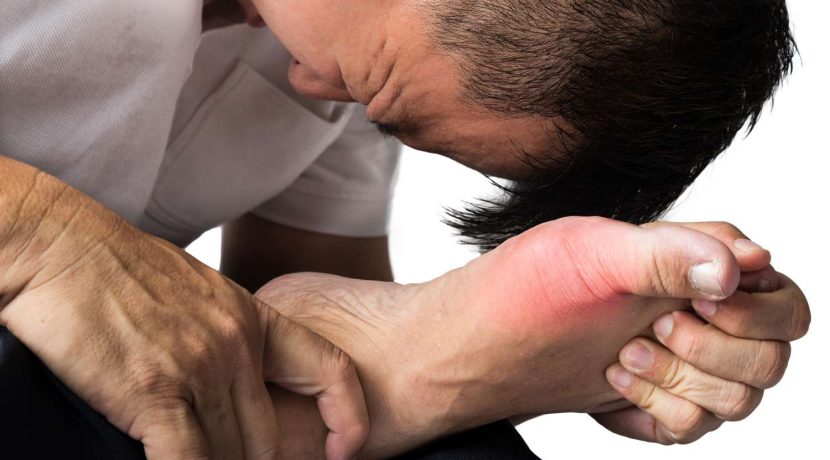Managing Gout With Food and Lifestyle Interventions!

INTRODUCTION Gout is one of the most well studied and characterized forms of arthritis affecting up to 4% of the population (2.68 per 1000 people); a condition occurring in males and females in a ratio of 4:1 respectively.1,5 Gout is an arthritic condition that mostly forms in the lower limbs, with a particular prevalence…
